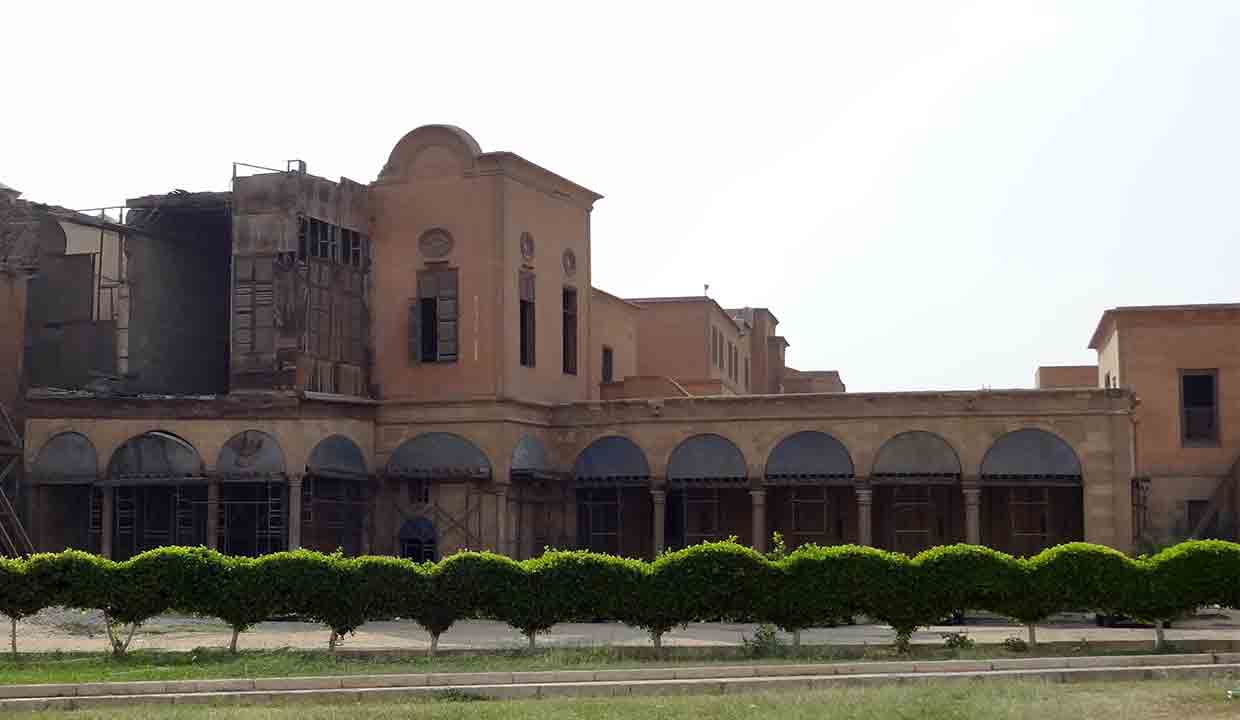Journey to the heart of Cairo with Al-Gawhara Palace Museum: A testament to Egypt’s grandeur, history, and the vision of Muhammad Ali Pasha.
Nestled within the historic walls of the Cairo Citadel, Al-Gawhara Palace, commonly referred to as the Bijou Palace, stands as a testament to Egypt’s rich architectural heritage and its dynamic interplay of power and artistry. This palace, which now functions as a museum, offers visitors a glimpse into the luxurious life of the 19th-century Egyptian elites and provides a unique window into the country’s transformative era under the rule of Muhammad Ali Pasha.
Historical Background
The tale of Al-Gawhara Palace is closely intertwined with the narrative of Muhammad Ali Pasha, the Ottoman governor and de facto ruler of Egypt during the early 19th century. As an ambitious leader with a penchant for grandeur, he commissioned the palace in 1814, seeking to create a residence that would not only reflect his esteemed position but also consolidate his authority within the heart of Egypt’s capital.
Named after his favorite wife, Gawhara, the palace was also a symbol of Muhammad Ali’s efforts to modernize Egypt, drawing inspiration from both Ottoman and European architectural styles.
Architectural Marvel
Al-Gawhara Palace is an epitome of opulence, merging various design elements to create an architectural masterpiece. The facades are adorned with intricate stucco works, while the interiors boast lavish frescoes, gilded details, and ornate ceilings. Large windows and balconies provide sweeping views of the city, while the extensive use of marbles, imported woods, and precious stones underscores the palace’s luxurious ambiance.
Noteworthy among the palace’s features are its majestic halls and throne room. The throne room, in particular, is a highlight for many visitors, showcasing a dazzling crystal chandelier – a gift from the French King Louis Philippe – and an elevated platform where the ruler would receive his guests.
Transition to a Museum
With the passage of time and the tumultuous events that rocked Egypt in the subsequent decades, the palace lost its primary role as a royal residence. However, recognizing its cultural and historical significance, authorities transformed Al-Gawhara into a museum in the 20th century.
Today, Al-Gawhara Palace Museum houses an impressive collection of artifacts and personal items that once belonged to Muhammad Ali Pasha and his descendants. Among the treasures on display are ornate furniture, costumes, weapons, and even some of Muhammad Ali’s personal belongings. The museum not only provides a glimpse into the lavish lifestyle of the Pasha but also offers insights into the socio-political dynamics of 19th-century Egypt.
Visiting the Al-Gawhara Palace Museum
Situated south of the Mosque of Muhammad Ali in the Cairo Citadel, the palace-turned-museum is easily accessible to visitors. While touring the palace, guests can not only appreciate the architectural splendor but also immerse themselves in the historical narrative through guided tours and informative displays.
For anyone visiting Cairo, a trip to Al-Gawhara Palace Museum is more than just a sightseeing activity; it’s an immersive journey through time, reliving the moments that have shaped Egypt’s modern identity.
Conclusion
Al-Gawhara Palace Museum stands as a beacon of Egypt’s rich heritage, reflecting the grandeur of its past rulers and the nation’s journey through time. Whether you’re an architecture enthusiast, a history buff, or simply a curious traveler, Al-Gawhara offers a unique experience that is bound to leave a lasting impression.
